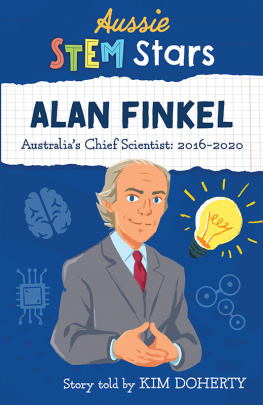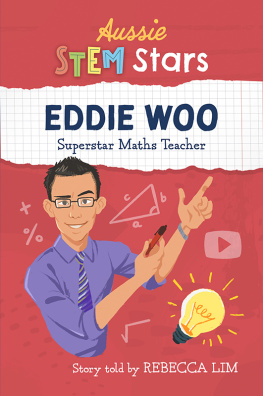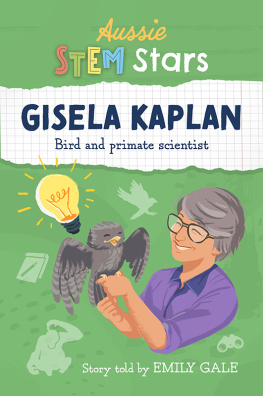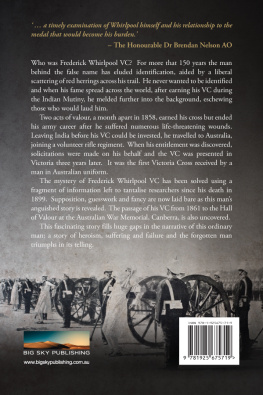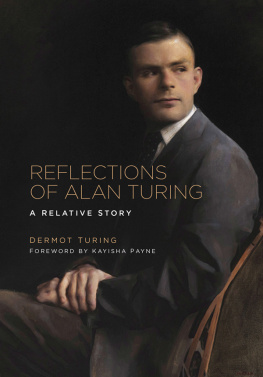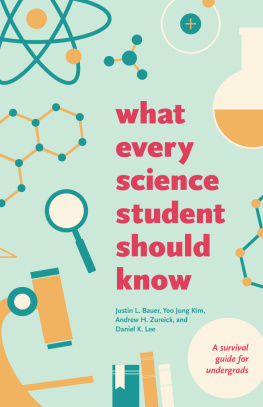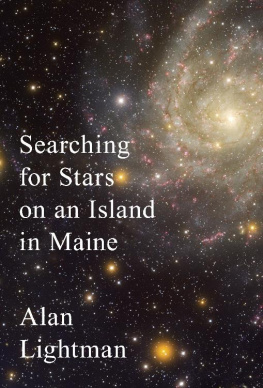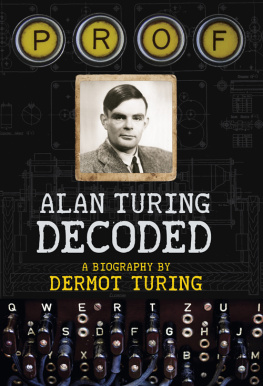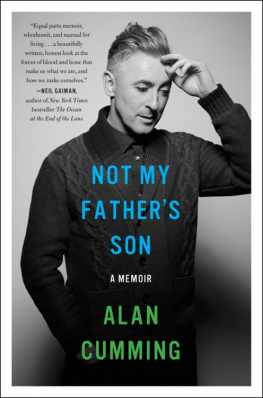

Aussie STEM Stars series
Published by Wild Dingo Press
Melbourne, Australia
wilddingopress.com.au
This work was first published by Wild Dingo Press 2021
Text copyright Kim Doherty
The moral right of the author has been asserted.
Reproduction and communication for educational purposes:
The Australian Copyright Act 1968 (the Act) allows a maximum of one chapter or 10% of the pages of this work, whichever is the greater, to be reproduced and/or communicated by an educational institution for its educational purposes provided that the educational institution (or the body that administers it) has given a remuneration to Copyright Agency under the Act.
For details of the Copyright Agency licence for educational institutions contact:
Copyright Agency
Level 11, 66 Goulburn Street
Sydney NSW 2000
Email:
Reproduction and communication for other purposes:
Except as permitted under the Copyright Act 1968, no part of this book may be reproduced, stored in a retrieval system, or transmitted in any form or by any means without prior written permission.
All inquiries should be made to the Publisher, Wild Dingo Press.
Cover Design: Gisela Beer
Illustrations: Diana Silkina
Series Editor: Catherine Lewis
Printed in Australia
Doherty, Kim 1969-, author.
Alan Finkel: Australias Chief Scientist: 2016-2020 / Kim Doherty

ISBN: 9781925893434 (paperback)
ISBN: 9781925893441 (epdf)
ISBN: 9781925893458 (epub)
Success is the ability to go from one failure to another with no loss of enthusiasm.
Winston Churchill
Disclaimer
This work has been developed in collaboration with Dr Alan Finkel. The utmost care has been taken to respectfully portray, as accurately as memory allows, the events and the stories of all who appear in this work. The publishers assume no liability or responsibility for unintended inaccuracies but would be pleased to rectify at the earliest opportunity any omissions or errors brought to their notice.
Contents

Man on the moon
Finkel, Alan, said the teacher, stifling a yawn as he monotoned his way through the Monday morning roll call from the front of the classroom. No answer. The class started to fidget. The teacher looked up from his clipboard. A few boys at the back nudged each other with knowing smirks. In the third row, Graham gazed innocently at the ceiling. Graham was one of Alans best friends, and he was never innocent.
Has anyone seen Alan? followed up the teacher, suspiciously.
Alan was one of the best students in his year possibly the whole school but he wasnt exactly a goody-two-shoes. The teacher wouldnt have been surprised if Alan was too immersed in some new gadget design to realise class was starting. Or perhaps he was fiddling with the new circuit boards that had just been delivered to the science storeroom. But there was no sign of the lanky teenager anywhere.
And while his teacher looked across the desks and scratched his head, Alan Finkel was, almost literally, a world away
The truant was curled up at home, on the carpet in his dads den just off the kitchen, in front of their beautiful big television. The Finkels had been the talk of the street when it had been delivered. No one else in his area had a TV then, and all the kids had lined up on the front lawn to see it being unloaded. The glass screen was housed in a huge teak timber box, with cloth speakers and a smart silver dial you swivelled to move between stations.
But Alan wasnt going anywhere near that dial today. He wasnt even fidgeting, for a change. His bright blue eyes were staring intently at the black-and-white screen where, through a snowstorm of static, an astronaut in a bulky white spacesuit was stepping awkwardly down a ladder, about to change the history of the world.
*
Alan had been just eight years old when Americas young President Kennedy had challenged his nations scientists, at that time trailing the Soviet Union in the global space race, to put people on the moon.
I believe that this nation should commit itself to achieving the goal, before this decade is out, of landing a man on the moon and returning him safely to Earth, the president said.
Even to a little boy in Grade 2, far away in Australia, it seemed a crazy endeavour.
So, all through primary school, Alan had avidly followed every flight of the Mercury mission (one astronaut), every flight of the Gemini mission (two astronauts) and all the flights of the Apollo mission. This was before the internet, so Alan waited impatiently for each issue of his favourite magazines, National Geographic and Scientific American, to arrive in his mailbox, then hed bury himself in the articles and the beautiful, glossy photographs.
Now, with President Kennedys deadline only months away, Alan was about to find out if their best scientists, engineers and astronauts could work together to make that dream come true with Apollo 11. It was nail-biting stuff and he didnt want to miss a minute even if it meant missing school.
But like any great adventure, things in space didnt go exactly to plan. It had all started well enough: Apollo 11 had blasted off on time from the Kennedy Space Centre in Florida, USA, and taken its scheduled 12 hours to get out of Earths orbit.
Three days later, deep in space and hundreds of thousands of kilometres from their home, astronauts Neil Armstrong and Edwin Buzz Aldrin had clambered out of the Command Module leaving their crew mate Michael Collins on board alone into the tiny lunar module, codenamed the Eagle. They started their descent to the moon.
At that very moment, a world away, Alan was huddled in front of the television at home. There were no pictures yet the moon was between the astronauts and the Earth, blocking the signal but Alan could hear Armstrong and Aldrin talking from the Eagle to Mission Control in Houston, USA.
He pictured the men squashed in their insect-like craft, shooting through space, upside down, 10,000 metres above the moon and 384,400 kilometres from Earth the farthest any human had ever been into space.
Lights on. Down two and a half. Forward. Armstrongs voice came steadily through the speakers. Seventy-five feet, looking good, down a half. Sixty seconds. Picking up some dust.
Then suddenly, through the speakers, a warning alarm sounded. BEEP. BEEP.
Alan jumped, he had never heard anything like it. Neither had the astronauts. It sounded again. And again. The Eagles computer was straining, overloaded with data.
While Alans heart thumped, Houston instructed Armstrong and Aldrin to ignore the insistent alerts and continue their mission.
The moon loomed larger through the Eagles windows. Then the alarms sounded again. The computer, still flashing lights and sounding anxious alarms, was directing them to land in the crater below, but the men could see out the little windows that it was strewn with dangerous-looking boulders.
Armstrong took the controls. Overriding the computer and ignoring the urgent beeps and flashing lights, he calmly flew their little pod past the crater, looking out the window for a smoother place to land. The decision to fly on another six kilometres meant using more fuel. This created another problem: a new warning light flashed on the pod had 60 seconds of fuel left.
Next page
